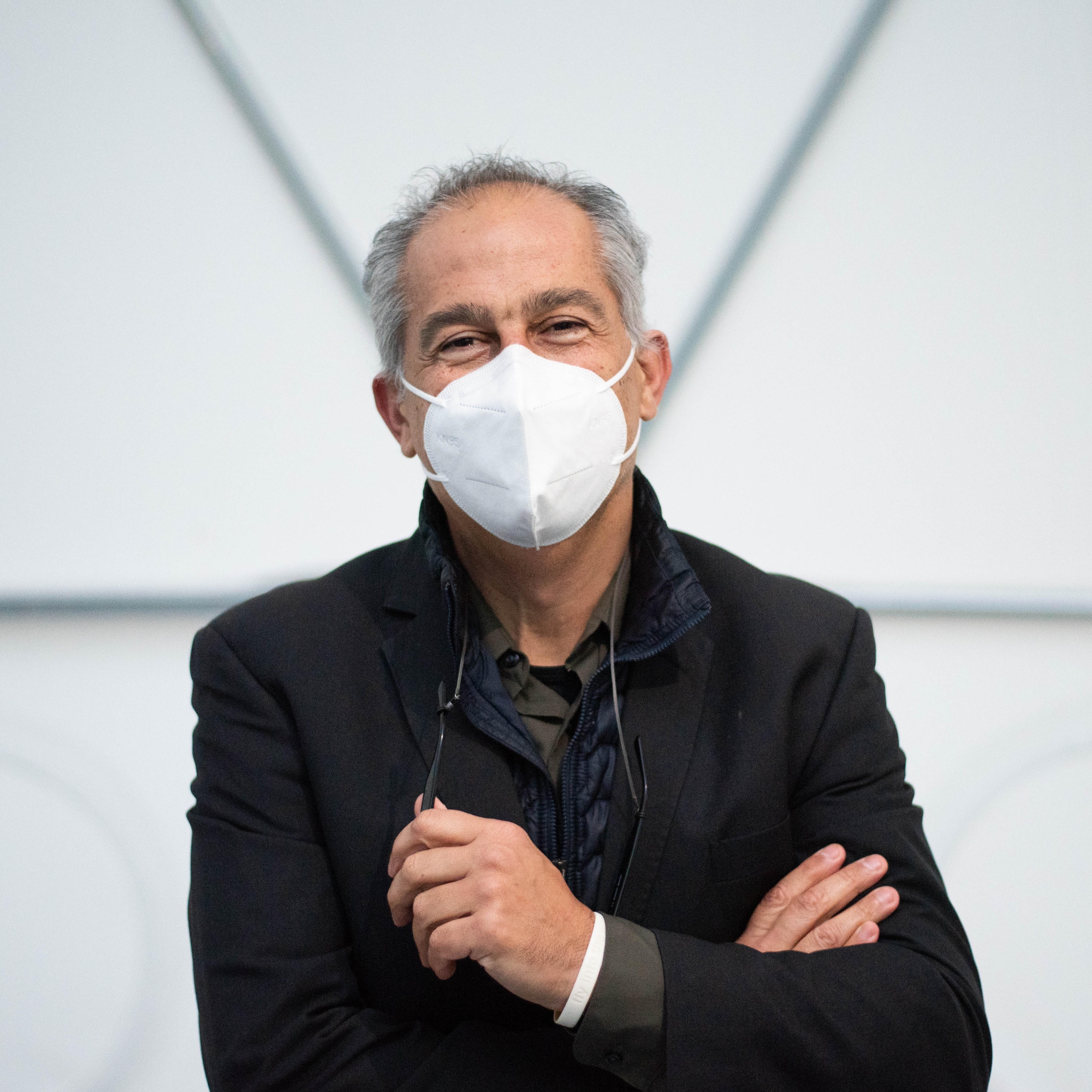February 2021: Enric Ruiz Geli

Enric Ruiz Geli
Professor of Practice
School of Architecture + Design
Director of Space, CAUS
Commissioner of Big Sticky Projects, GFURR
6 Year Professional Degree in Architecture, Escola Tècnica Superior d’Arquitectura de Barcelona (ETSAB), Barcelona
Professional Architect License, Col.legi d’Arquitectes de Catalunya, Barcelona
Email enric@vt.edu
How do you see your work contributing to the goals and vision of IIHCC?
My work is involves designing infrastructure to combat global issues with a wholistic approach, as these issues require interdisciplinary solutions which can only be found if we operate together in a collaborative way as a cohesive unit. This is the only way to produce new infrastructure that functions in a way that addressing these transdisciplinary issues becomes foundational to how that infrastructure is designed. The solutions to global hunger and mobility as well as the way that we as humans interact with nature must be built into this new infrastructure in a way that is human centered. Ideally, our humanity would evolve into what I like to call the civilization of empathy and then architecture would merge with natural science so that the two become integral to one another. IIHCC is the perfect opportunity and environment to produce these new designs and scenarios for pilot projects aiming for global solutions to the problems people are facing every day.
What other areas outside of your discipline would you entertain for future research and proposal work?
In 2002 I met a physicist from MIT named Neil Gershenfeld who was talking about bytes of information and atoms of materials in a way that interprets architecture as molecular architecture. This interaction inspires me to want to work with physicists and motivate others within or studying architecture to work with physicists. This is because physicists do not look at a tree, for example, as a geometrical figure or a shape, but they see a tree as photosynthesis. They see the performance of the water, the sunlight, the particles, of the tree itself as defining that tree. I hope architecture can begin to adapt to this landscape of thought and design, where architecture begins to focus on the performance of materials and of the architecture itself, which would then allow architecture to more easily merge with nature and natural science.
Additionally, I am very interested in Virginia Tech’s milestone of hoping to eventually turn 50% of courses into experiential learning. I think that the learning curve to students exploring experiential learning is profound in terms of how people begin to approach problems. IIHCC has served as a space for pioneers in this kind of undertaking, but to expand that to the entire university is another thing that I am exploring thought the Living Labs format at the Campus.


